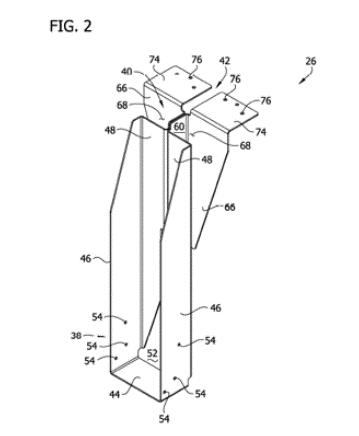In late June 2023, Senators Chris Coons (D-DE) and Thom Tillis (R-NC) introduced two bills in Congress that, if enacted, would change the patent adjudication landscape:
- The Promoting and Respecting Economically Vital American Innovation Leadership (PREVAIL) Act is the latest iteration of a multiyear effort to reform patent law to address perceived problems with the Patent Trial & Appeal Board’s inter partes review (IPR) and post-grant review (PGR) processes.
- The Patent Eligibility Restoration Act of 2023 seeks to bring certainty to subject matter eligibility Section 101 jurisprudence.
The PREVAIL Act is essentially a reintroduction of the previously unsuccessful STRONGER Patents Act of 2019 bill and would change fundamental aspects of how the Board operates. Under current practice, the Board judges who rules on institution and also decides the outcome of an instituted proceeding. Under the PREVAIL Act, institution decisions would be made by a separate set of judges from those that render a decision on a petition’s merits. Through proposed changes to the initiation and estoppel provisions, a patent challenger could bring its attack on patent validity in either the district court or the Board, but not both. And as part of the harmonization of district court and Board proceedings, the PREVAIL Act would adopt the “clear and convincing” standard for Board review and codify existing Board practice of applying the same claim construction standard as district courts apply.
The PREVAIL Act would also change who can bring issues to the Board by imposing standing and revised real-party-in-interest requirements. An IPR petitioner would have to establish standing equivalent to that required for a district court declaratory judgment action. Moreover, anyone who financially contributes to an IPR would be deemed a real party in interest to avoid multiple petitions backed by the same entity. To reduce the multiplicity of proceedings, the PREVAIL Act would establish a presumption against a joinder for time-barred petitions. The PREVAIL Act also includes several provisions directed to the independence and transparency of the Board’s decision-making, including establishing a code of conduct and requiring recordation of the Director’s actions that affect Board proceedings.
Turning to subject matter eligibility, the Patent Eligibility Restoration Act would overrule Supreme Court decisions importing a judicial exception to Section 101 and would codify many of the existing categories of ineligible subject matter, including mathematical formulae; substantially economic, financial, social, cultural and artistic practices (in other words, fundamental human activity); natural processes and products made independent of human activity; and mental processes. The Patent Eligibility Restoration Act specifically would authorize early resolution and limited discovery on Section 101 ineligibility.
Practice Note: Although both acts have been introduced before without much success, Congress’s present focus on technology (such as artificial intelligence) may serve to propel one or both bills forward. Of course, it remains to be seen whether Congress has an appetite for modifying patent law, particularly in the lead-up to an election year.
read more

 Subscribe
Subscribe




